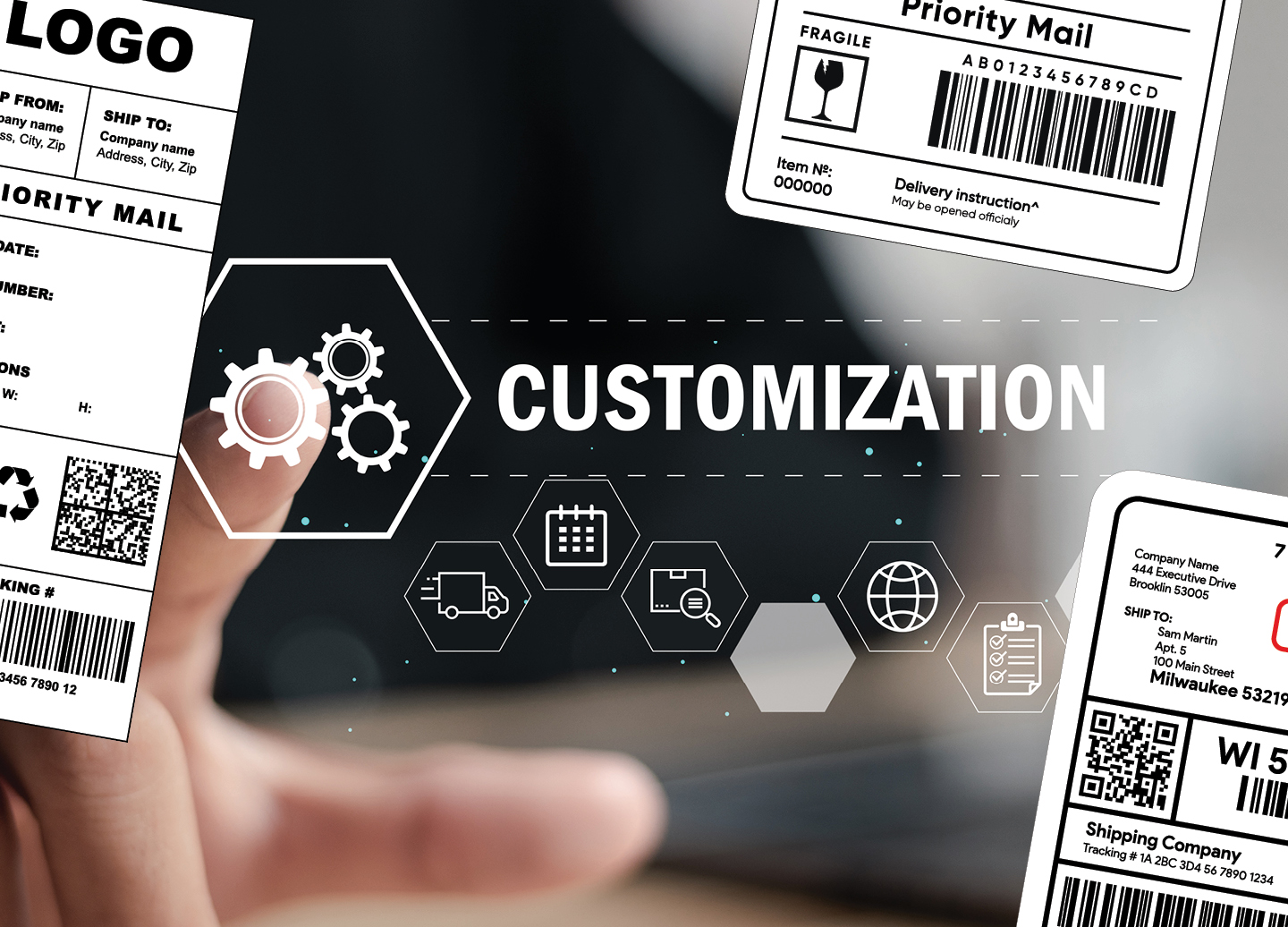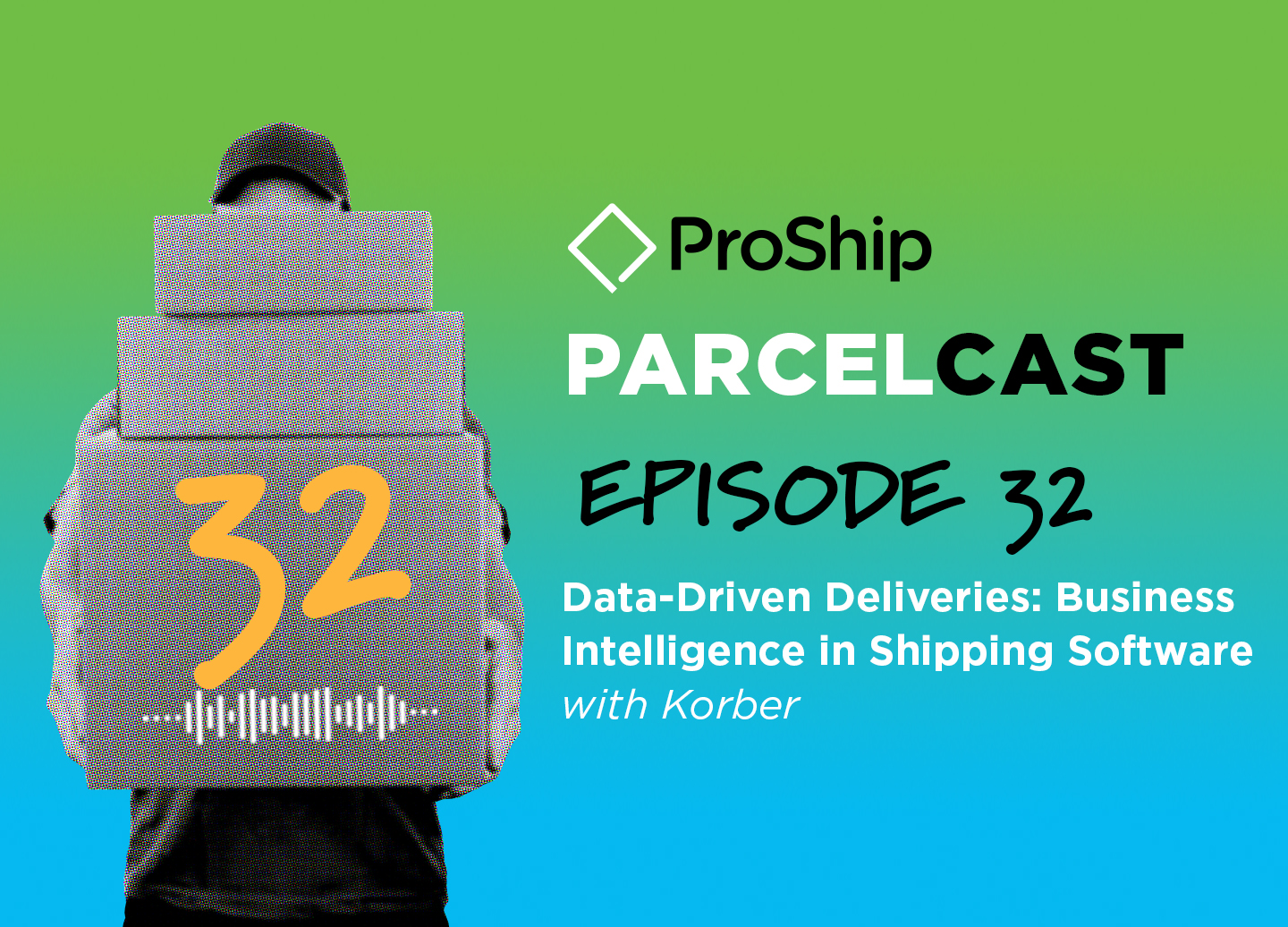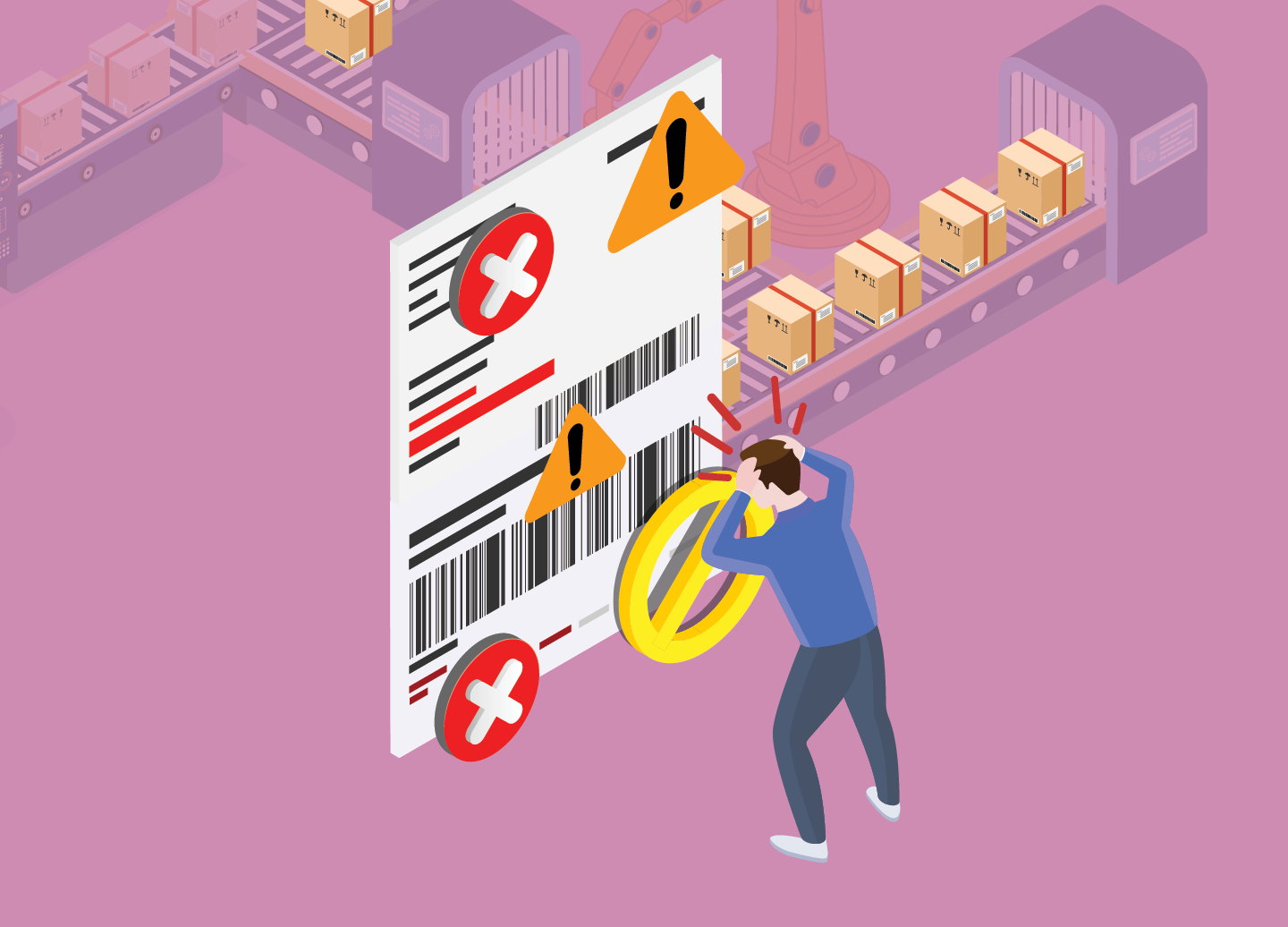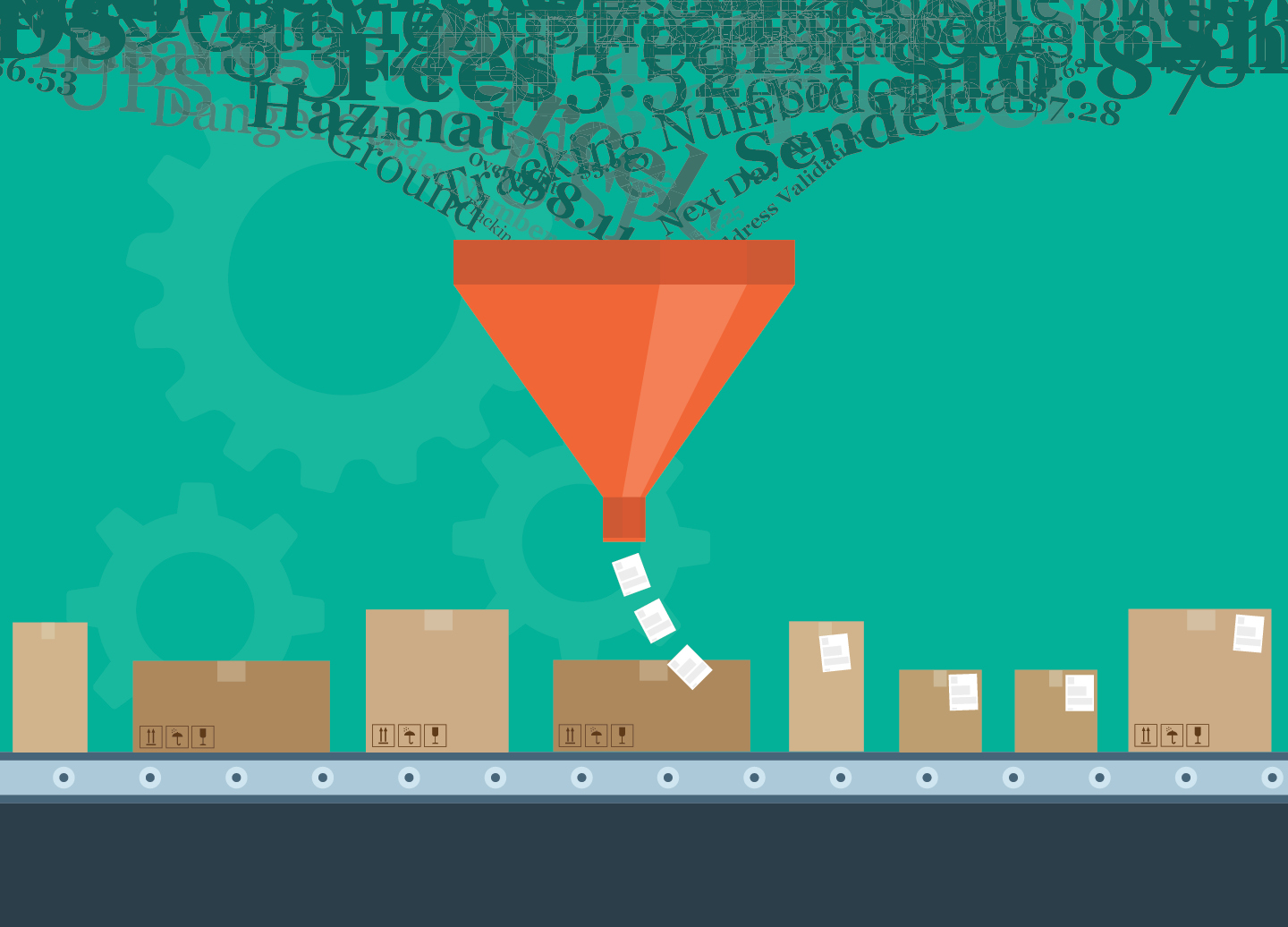Justin Cramer explains how to keep labels carrier compliant while adding customizations that fit your needs.
E-commerce retailers, manufacturers and healthcare companies are growing ever more concerned with how customers interact with their brands. From their overall shopping experience to the finer aspects like packaging and delivery, every touchpoint matters. Shipping is a critical component of supply chain logistics, and companies are finding it increasingly important to optimize shipping as it significantly impacts customer experience, repeat purchasing, brand loyalty and overall profitability.
Why is carrier compliance important?
The challenge lies in staying carrier compliant while shipping year-round, without downtime or chargebacks. Shipping compliance – or non-compliance – can make or break your supply chain success. When shipping compliance is achieved, ongoing rules and requirements for rating, labeling and manifest reporting are not an issue. Yet, many companies today are risking compliance with their shipping labels. Creating completely custom labels can cost hundreds of thousands of dollars per year to maintain, and carrier’s specifications can change causing major non-compliance issues. If a carrier label is a bit out of compliance, it may be delivered late. If a carrier label is too far out of compliance, the carrier may not deliver the shipment. Is that a risk you’re willing to take?
Insights from ProShip Justin Cramer: Finding Shipping Label Success
This is why we’ve asked Justin Cramer, co-founder of ProShip multi-carrier shipping software, about shipping label best practices. Justin has designed shipping solutions executing more than 1.1 million labels a day and has worked with shippers small and large on achieving certified carrier labels. Here are a few questions we’ve asked Justin to clear the air on custom shipping labels.
Why do companies think they need fully customized labels?
Cramer: “One, shippers may want customizations to extend their branding for marketing reasons.
Two, for receiving reasons. Shippers may need to make changes to a label for the consignee to expedite the receiving process. Companies like Walmart and Target have very particular data requirements for a label on the box that they receive. Most companies want to produce a single label for this purpose, but using too small of a label means that the carrier section of the label must be altered to fit the extra information.
Three, for conveyor routing identification. Much like the receiving process above, many shippers need a license plate on the shipping container that can be scanned by their own material handling equipment. This allows the warehouse control software (WCS) to efficiently route the parcel to the appropriate trailer.
Four, lack of knowledge. Many retailers and manufacturers don’t understand the difference between customizing a label and simply mapping data onto the appropriate parts of the label. Like the receiving requirements above, many consignees will require that data appears on the carrier label in spots like ‘P.O.’ or other reference locations. Many companies don’t understand that mapping data to those pre-existing locations is part of a proper professional services engagement rather than the creation of a ‘custom label’.”
What are some of the challenges companies run into when using fully customized labels?
Cramer: “Several problems come to mind. One is risk. By creating a fully customized label, the shipper increases the chances that a shipment will be disrupted and delayed between themselves and the consignee. This could be because the carrier is unable to process the parcel, or because the data on the custom label is no longer provided by the source engine – therefore the custom label can no longer be completed by the shipping software.
Expense is the most visible problem with a fully customized label. Creating fully customized labels is time-intensive and demands engineering resources. In addition, customizing labels can take more time if the carriers implement a required change to labels for ongoing compliance. All this time can quickly add up and drive expenses into the process, negating potential savings from a multi-carrier shipping software (MCSS) solution.
Furthermore, most carriers require an extensive one-off certification process. This means a carrier could ask for labels from every printer with examples from every service that a shipper might use. This exhaustive process can add up to thousands of labels, along with their corresponding EDI manifests that must be manually created by the shipper and the professional services team, only adding to the expense.”
What do you recommend companies using fully customized labels risking delays, certifications and expenses?
Cramer: “Education is key. I recommend shippers learn to distinguish between mapping versus genuine label customizations. As mentioned before, many companies don’t understand that basic reference field mapping does not create a custom label. Furthermore, mapping means the shipping software vendor is putting the data into a location on the label that is already part of the label certification process. Thus, no custom certification is required. An added benefit is that the mapping approach ensures consistency even when carrier label requirements change.
Beyond that, consider using a larger label. By assuming that all carrier label data will fit in a 4×6 area, procuring labels that are larger, say 4×8, adds a dedicated space that is completely owned by the shipper. This would allow the inclusion of additional branding (like logos), receiving barcodes and data, and internal barcodes and data, along with anything else a shipper might want to add. However, care should be taken to make sure that added barcodes are not of similar type and length to one of the carriers’ barcodes.”
Clearly, shipping is complex, and factoring in label customizations within carrier fields results in substantial risk. Instead, companies should embrace mapping as a best practice and reap the benefits of adding additional images or information without jeopardizing the integrity of the label.
Choose ProShip for a Future-Proof Shipping Solution
As the shipping landscape evolves, shippers should choose a solution that finds a strategic balance between customization and compliance, like ProShip multi-carrier shipping software. ProShip’s shipping solution has pre-certified carrier labels that change when carriers change their specifications, avoiding any non-compliance costs and concerns. ProShip multi-carrier shipping software makes it to ensure label excellence without sacrificing compliance. Contact us today to learn more!

 Back to Blog
Back to Blog






